Picking the best regulatory program to address your environmental impact - by Chuck Merritt

Many times, when purchasing commercial real estate, addressing environmental impacts can be part of the transaction. Typically, a phase one Environmental Site Assessment (ESA) will bear out these concerns which may include former industrial & manufacturing sites to abandoned gas stations and dry-cleaning operations. As contamination may be present in the soil, groundwater and even in the air within the building, sampling will be prudent to determine the severity and potential cost to cure. Once this has been established and all parties have agreed on who will be responsible for paying the cleanup costs, shepherding a strategy with environmental regulators will be the next step.
Depending on the jurisdiction, there may be more than one (1) regulator to contact. An example of this exists within the five (5) boroughs of New York City’s Office of Environmental Remediation (OER) which manages the E-designation program. Established about a decade ago. The program identified hundreds of sites within the boroughs (mostly former industrial/manufacturing areas) that have been rezoned for residential development. With that rezoning comes a more stringent burden on developers to prove no environmental contamination is present. The program was set up to keep pace with construction in the boroughs while also making sure environmental impacts were addressed in a comprehensive way. Understanding the potential impacts can be challenging for the prospective buyer as an extensive investigation will be needed prior to taking ownership. It is important to consider the items that will be required by OER during the development. This is the most effective way to budget the cost of what would be needed to satisfy OER. As part of the OER submittal, drawings and plans of the proposed development are required to be submitted as well. As this can take several months to prepare, the purchaser (now owner of the property) may need to repeat some of the investigation to update the data as construction gets closer to commencing.
Since the OER is modeled from the state Brownfield’s Cleanup Program (BCP), there is a cooperative effort between both agencies. OER was established to help navigate environmental cleanups and sign offs that could be accomplished relatively quickly. Impacted soil that will be removed from the site during excavation is an example of a project that OER can be very helpful and nimble in their response. However, more complicated projects with significant impact to groundwater that may be migrating off-site is the type of project that OER may defer the applicant to the state’s Brownfield Cleanup Program (BCP). Although this can be a more cumbersome path and will require an attorney with an environmental background to assist their client, there are some benefits. For instance, once admitted into the program, the requirements for remediation generally terminate at the border of the property. Therefore, the entity applying for the Brownfields approval may not be required to address any contamination that has migrated off site. Another benefit of the state program are the reimbursable costs afforded. Most times the soft costs (including phase 1 & 2 investigations) will be reimbursed. Remediation costs can receive generous financial incentives as well.
The question raised for these E-designated development sites is, “Can I just go to the state BCP or do I need to start with a submittal to OER?” In most situations the regulators will need to communicate and agree who will handle the oversight. Both offer pros and cons within their respective program. OER is traditionally quicker in their responses/approvals but only available for projects in the five boroughs. The E-designation program does not offer the same financial incentives as the state BCP. Another thing to consider is when to apply? An environmental attorney can assist as well as review the sampling data and provide some insights. Whether or not you are applying as a volunteer vs a participant with the State Brownfield Cleanup Program (BCP) will have some legal obligations to consider as well. Coupled with the 2017 creation of Opportunity Zones (OZ), there will be many opportunities to develop property that may have a checkered environmental past. Understanding which regulatory program is best is an important factor to consider during the due diligence phase.
Chuck Merritt, LEED AP, is the president of Merritt Environmental Consulting Corp., Hauppauge, N.Y.
Suffolk County IDA supports expansion of A&Z Pharmaceuticals

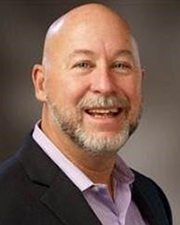
The evolving relationship of environmental consultants and the lending community - by Chuck Merritt
When Environmental Site Assessments (ESA) were first part of commercial real estate risk management, it was the lenders driving this requirement. When a borrower wanted a loan on a property, banks would utilize a list of “Approved Consultants” to order the report on both refinances and purchases.


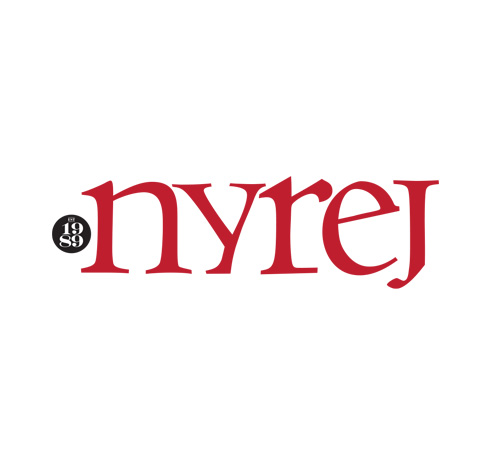

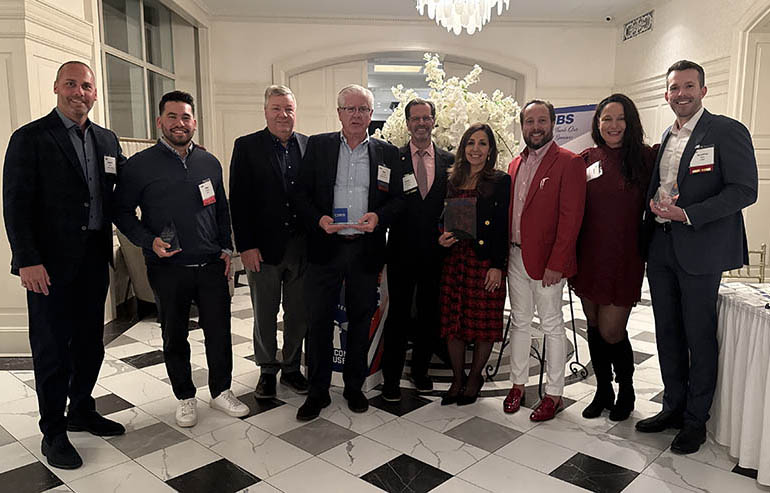
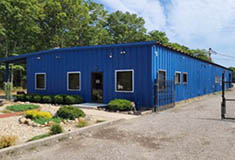
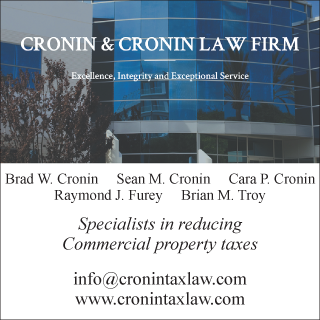

.gif)
.jpg)